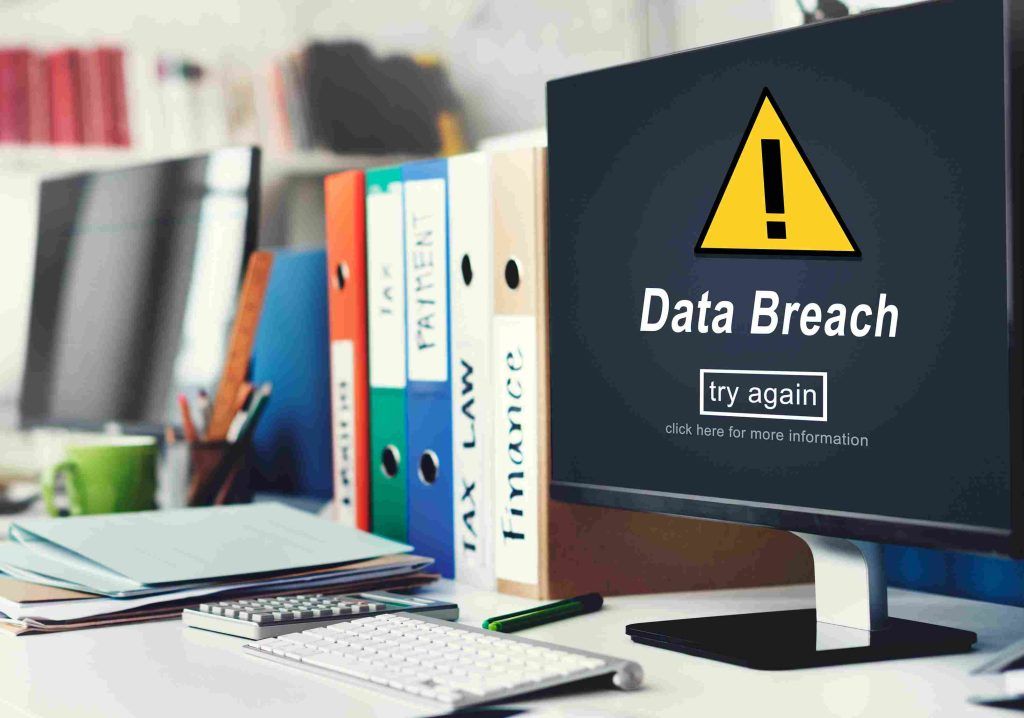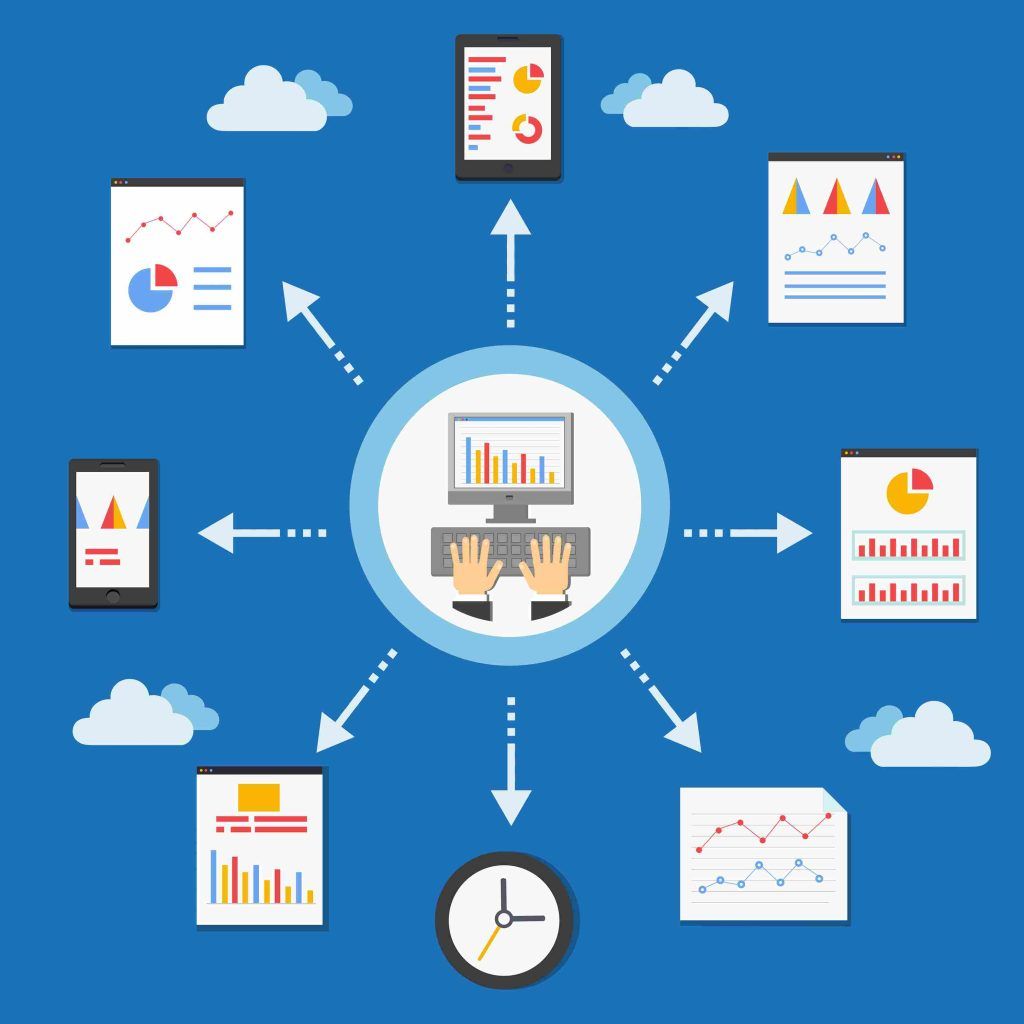Technology integration is integral for schools and universities to prepare students for the digital era. But limited budgets, aging infrastructure, and lack of expertise hampers IT teams from enabling effective edtech adoption. Unresolved IT issues lead to frustrations for educators, students, and parents alike.
This post reveals the 5 most pressing IT challenges troubling educational institutions based on industry research and experience. It also offers practical solutions to tackle them. Read on to diagnose potential roadblocks in your context and refresh your approach.
Table of Contents
Slow and Unreliable Network Connectivity
Spotty Wi-Fi, buffering videos, and students unable to access online courses – poor network connectivity hampers digital learning. Contributing factors include:
Outdated Network Infrastructure
Legacy routers, switches, access points that haven’t been updated in years cannot handle modern bandwidth demands or speeds. Lack of network redundancy also causes downtime.
Inadequate Bandwidth
As device density and high-bandwidth applications increase, internet bandwidth requires proportional upgrades. Ad-hoc upgrades lead to bottlenecks.
Lack of Traffic Monitoring
Absence of network traffic monitoring and management tools makes it hard to identify and troubleshoot speed issues. Critical connections may be starved.
No Access Prioritization
All traffic is not equal – a Zoom class is higher priority than social media. Lack of Quality of Service (QoS) and improper network segmentation causes congestion.
Here are tips to improve network speed and uptime:
- Audit existing infrastructure – replace outdated routers, switches, cabling to boost performance
- Implement QoS and VLANs to prioritize traffic like online classes over social media
- Upgrade internet bandwidth annually or on reaching utilization milestones
- Adopt tools like Wi-Fi analyzers and bandwidth monitors for proactive management
- Add redundancy for critical network components to minimize downtime
- Robust networks are the lifeline for digitization. Assess and invest in your school’s network health.
Data Security Risks and Vulnerabilities
Schools house sensitive student records, employee records, institutional data and IP that need iron-clad security. However, gaps like lack of endpoint security, poor access controls, and limited cybersecurity awareness among employees increases risk of breaches such as:
- Data theft through phishing attacks, malware, or unauthorized access
- Denial-of-service attacks crippling critical systems
- Students hacking school resources to change grades
- Lost or corrupted data due to accidents, disasters or insider threats

Safeguarding data requires a layered approach:
- Classify data sensitivity – encrypt and set access controls accordingly
- Deploy endpoint security agents on devices to prevent malware
- Install network firewalls and web filters aligned to access policies
- Develop recovery plans for data loss scenarios
- Frequently backup critical systems and data
- Conduct cybersecurity training to increase staff and student vigilance
- Control access via policies – device registration, MFA etc.
- Regularly patch and update applications and firmware
Data protection needs continuous monitoring and proactive measures. Don’t wait for a breach to act!
Complex Management of BYOD and 1:1 rollouts
BYOD and 1:1 programs equip each student with tech access. But lack of visibility and control over personally-owned and school-issued devices causes chaos:
- No centralized view of all devices – managed and unmanaged
- Lack of policy enforcement for device use
- Inability to track inventory or troubleshoot devices
- Manual management consuming enormous IT effort

Modern mobile device management (MDM) solutions can help:
- Automate enrollment of devices into MDM during rollout
- Set configuration policies – restrict websites, disable cameras etc.
- Remotely push apps, updates, and security patches
- Block jailbroken or rooted devices
- Maintain inventory of all devices – serial numbers, users etc.
- Wipe or lock lost or stolen devices
- Set up self-service app installs and troubleshooting for students
- Integrate with on-premise infrastructure for seamless management
MDM technology streamlines previously chaotic BYOD and 1:1 programs for schools through automation and control.
Integration Challenges with Legacy Systems
Unlike businesses, schools can’t overhaul legacy systems rapidly due to budget constraints. But lack of integration between outdated tools hampers workflows:
- Critical student data locked in unconnected silos
- Duplicated data entry between different systems
- Significant manual effort to consolidate reports or transfer data
- Difficulty staying compliant with retention policies
- Integration problems slowing down new IT deployments
A practical approach involves:
- Conducting an integration assessment to identify top priority areas
- Evaluating middleware tools to connect legacy systems efficiently
- Building APIs and custom interfaces to unify data and workflows
- Consolidating multiple aging tools into unified platforms when possible
- Long-term migration plan from legacy to modern architecture
With the right integrations, schools can bridge old and new tools cost-effectively.
Lack of IT Support for Educators
Between stretched staff and tight budgets, IT teams struggle to provide timely training and tech support to educators and staff. This results in:
- Sub-optimal use of available education technology
- Duplicate service requests and equipment misuse
- Slow adoption of new software and hardware
- Negative impression of IT among faculty and administrators
- Loss of instructional time due to technical disruptions
Improving IT support involves:
- Hiring managed service providers to offer 24/7 technical support
- Creating knowledge bases, video tutorials, and self-help documents
- Organizing training workshops and demos for new deployments
- Tracking common issues reported by users to identify gaps
- Collecting feedback through surveys and boost user satisfaction
- Having chatbots or setting up self-service portals to handle routine requests
User enablement is crucial for edtech success. Invest in support resources.
Conclusion:
For digital initiatives to positively impact learning, the underlying IT infrastructure must be robust and high-performing. The solutions to common education IT issues highlighted here need not cost a fortune. But ignoring them inflicts a greater long-term cost on your institution.
Tackle the root causes of IT pain points instead of temporary fixes. Involve managed service providers as partners. Empowered users will amplify your technology ROI. And remember, education outcomes trump technology – get your IT priorities right.

